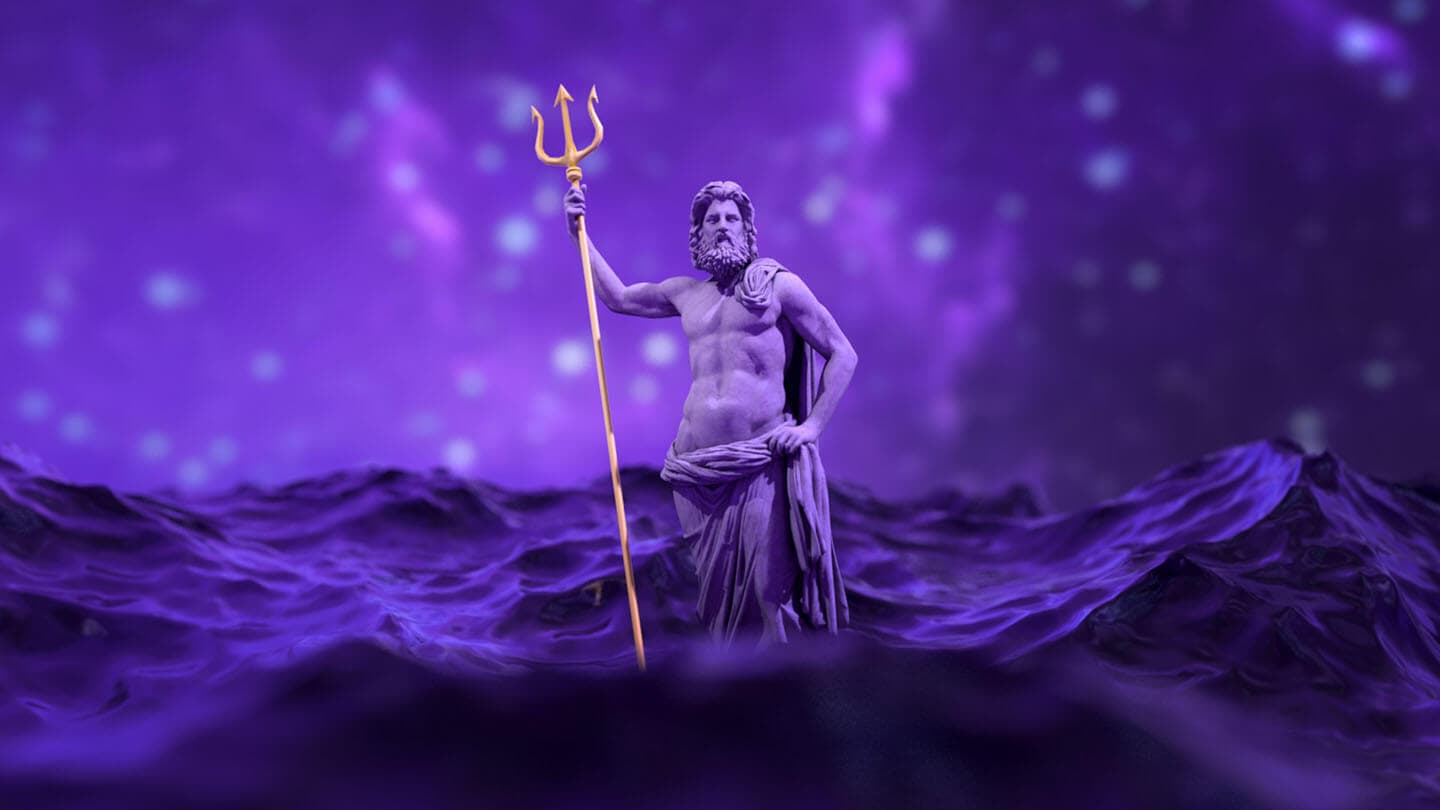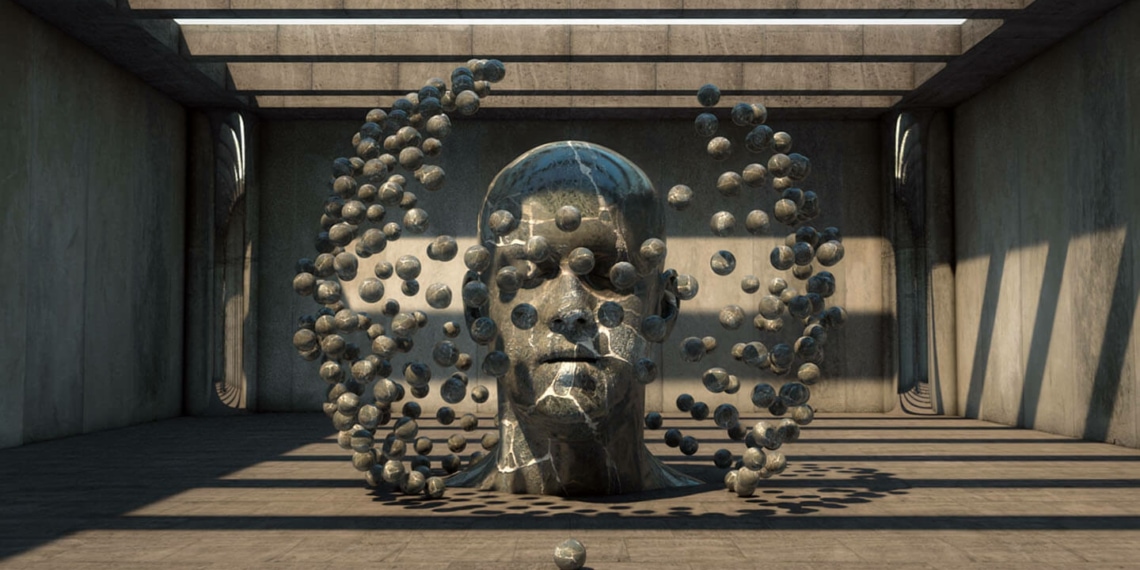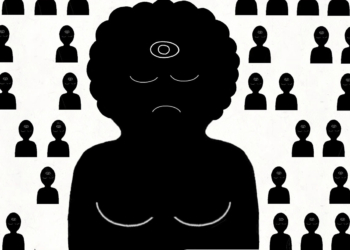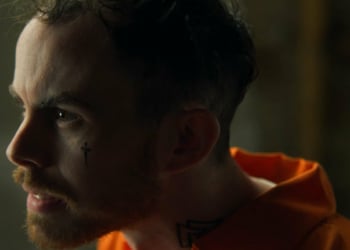At 21:22-minute, The Flying Fish is already in tempered waters. Animations usually aim for a shorter duration. And, topics such as these are seldom tried out without dialogues. But, writer-director Murat Sayginer takes his chances. And, he couldn’t have been luckier. Incredibly seductive, original in approach, and thought-provoking with its making, The Flying Fish offers a one-of-a-kind experience that brings together traditional storytelling and complex CGI to blend and fuse into a challenging and visionary film of metaphysics, comparative philosophy, and much more.
Sayginer, Jochen Mader, and Onur Tarcin ably sustain the narrative of The Flying Fish with its music and sound design; perhaps the only other ‘‘voice’’ in the film, even as we remain enraptured in the sheer creativity at the display. The eponymous titular fish is almost like the voice-over that hovers around the entire timeline, encouraging its audience to pause and reflect on the magnitude of the subject. We witness the birth and death and the process in between and thereafter in the minuscule timeframe, as Sayginer delves deeper and deeper into complex topics such as the afterlife, philosophy, genetics, amongst many others, while setting it against stellar graphics, and CGI.

There is a possibility that some might presume the film as a mere display of the filmmaker’s gifted ability to use CGI for creating engaging storylines, but that would be such a disservice to the film’s true potential. For, The Flying Fish is a visionary effort, and evidently, a milestone achievement that can’t be compartmentalised as simply another animated short. Even for those unaware or not particularly fond of the subgenre, the film has much for its takeaway.
We see the birth of the man, even as the non-linear timeline takes us all the way back to the forbidden fruit to the birth of religion and the multiple ones to follow it, the total annihilation of the planet as we know it; and we wonder if Sayginer has left anything to the imagination? Turns out; quite a lot. You see, The Flying Fish isn’t everyone’s cup of tea. But, it certainly has something to offer everyone. Open to multiple interpretations and detailed analysis, the film offers different takeaways depending on the concerned individual. For some, this is a film of sheer creativity and the new heights scaled in the amalgamation of technology and artistry. For others, this is a breakthrough in cryogenics and its representation in cinema. And, for some others, this is a less-than-half-an-hour of indulgence in parallel universes as we explore life in 2D, even as it pushes the envelope beyond it.

Sans dialogues, Sayginer takes a huge risk but keeps admirable confidence in his audience to be able to understand the subject of the film. This pays off well because it leaves the audience with the freedom to analyse the film as they find befitting. The colour palette alters between monochrome and the brightest of shades to provide a wholesome visual experience that can’t be that easily forgotten. And the music continues to leave a lasting impression, especially with its hypnotic rhythm that catches up towards the climax. The editing of the film needs particular mentioning as it lacks the availability of a rigid storyline to offer it with cues—this only highlights the editor’s innate sense of storytelling that makes the viewing of this film particularly absorbing.
The Flying Fish is groundbreaking on multiple levels, but not in the least in its core concept; one that it beautifully elucidates in colours and visual art for an audience that is bound to be left asking for more.
Watch The Flying Fish Short Film
The Flying Fish: Experimental & Hypnotic, Murat Sayginer Invites You To A Digital Psychedelic Experience
-
Direction
-
Cinematography
-
Screenplay
-
Editing
-
Music
















